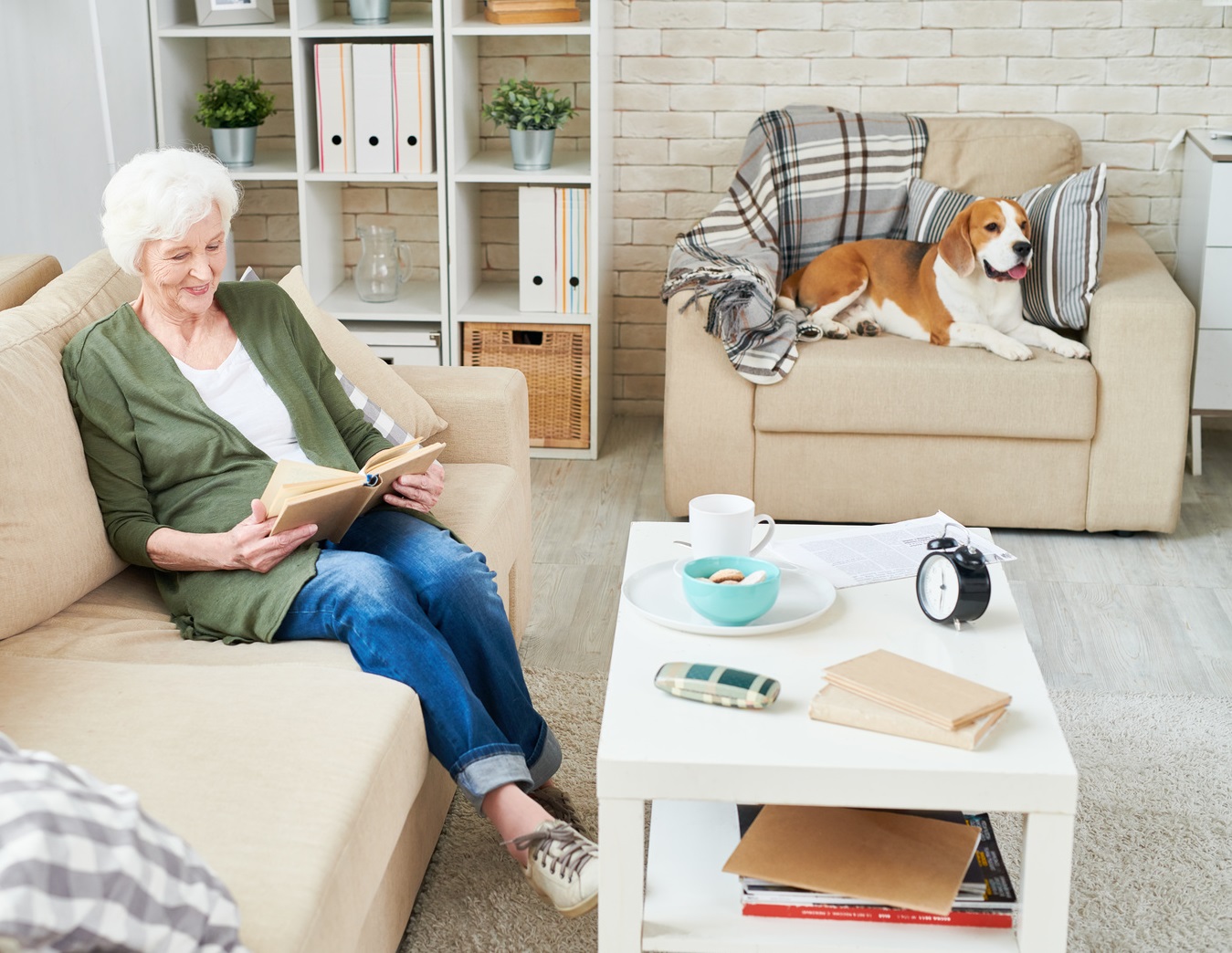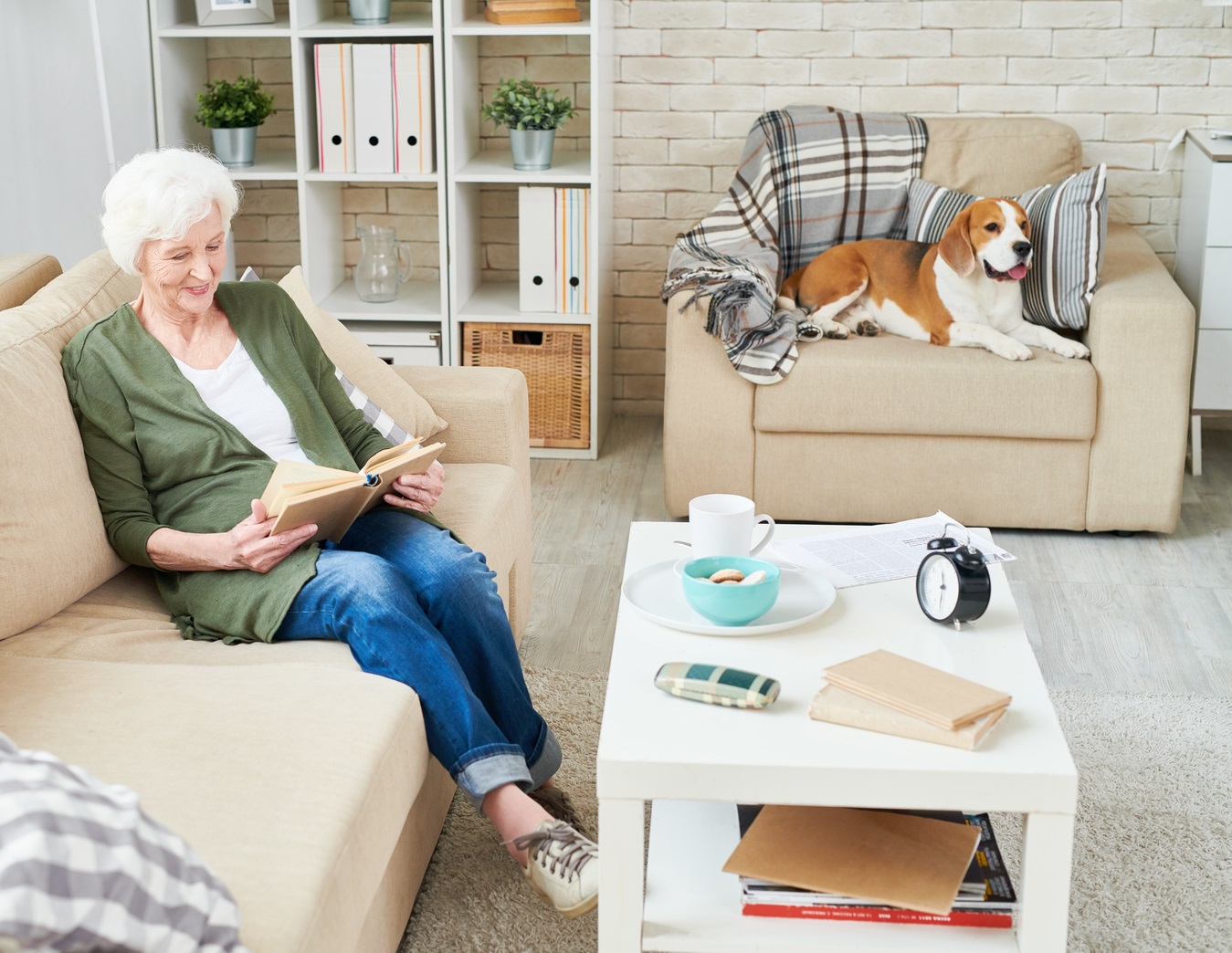As the population ages, ensuring the safety of seniors, especially those living in rural areas, becomes increasingly important. One of the biggest challenges faced by family caregivers is the risk of falls. In these regions, the need for effective fall detection for seniors in rural areas is critical. This article explores the importance of fall detection systems, the challenges faced in rural settings, and the solutions available to safeguard our elderly loved ones.

The Importance of Fall Detection
Falls are a significant health risk for seniors, often resulting in serious injuries or even death. In rural areas, where medical facilities are not always readily accessible, the consequences of a fall can be even more severe. Rapid response is crucial, which is why fall detection systems are essential. These systems can alert caregivers or emergency services immediately, reducing the time it takes to get help.
Challenges in Rural Areas
Limited Access to Medical Facilities
Rural areas often have fewer hospitals and clinics. This limited access means that in the event of a fall, seniors may not receive the immediate care they need. A reliable fall detection system can bridge this gap by ensuring help is on the way as quickly as possible.
Poor Internet Connectivity
Many fall detection devices rely on the internet to function. However, rural areas may suffer from poor connectivity, which can hinder the effectiveness of these systems. It’s important to choose a system that can operate with minimal connectivity issues. For more information on privacy-friendly solutions, visit Privacy-Friendly Solutions.
Isolation
Seniors in rural areas often live far from family and friends. This isolation can delay the detection of falls and the subsequent response time. By using fall detection systems, family members can be notified immediately, no matter the distance.
Available Solutions for Fall Detection
Wearable Devices
Wearable devices are a popular choice for fall detection. These are often equipped with sensors that can detect sudden movements indicative of a fall. They are easy to use and can be worn as bracelets or pendants.
Smart Home Technology
Integrating IoT sensors in the home can also enhance safety. These sensors can monitor movement and detect falls, sending alerts to caregivers instantly. Learn more about smart technology at Smart Technology for Everyday Living.
Non-Wearable Systems
For seniors who may find wearable devices uncomfortable, non-wearable systems are available. These can include sensors placed around the home that monitor movement patterns and detect falls.
Implementing Fall Detection Systems
Choosing the Right System
When selecting a fall detection system, consider the specific needs of the senior and the environment they live in. Factors such as internet connectivity, the senior’s mobility, and comfort with technology should all be considered.
Installation and Maintenance
Proper installation is crucial to ensure the effectiveness of the system. Regular maintenance checks should also be conducted to ensure the system is functioning correctly.
The Future of Elderly Care in Rural Areas
As technology advances, the options for fall detection for seniors in rural areas will continue to grow. Innovations like AI and machine learning are expected to enhance the accuracy and reliability of these systems. For more on how technology is transforming elderly care, refer to Smart Elderly Care Solutions.
Conclusion
The safety and well-being of seniors, especially those living in rural areas, are paramount. Fall detection systems offer a vital solution to the challenges posed by falls, providing peace of mind to family caregivers and ensuring that help is always just a moment away.

FAQ
Why is fall detection important for seniors?
Fall detection is crucial because it ensures that seniors receive immediate assistance in the event of a fall, reducing the risk of serious injury.
What are the best fall detection systems for rural areas?
Wearable devices and smart home technology are among the best options, as they can function effectively even in areas with limited connectivity.
How can family caregivers support seniors in rural areas?
Family caregivers can support seniors by ensuring they have access to reliable fall detection systems and by regularly checking in to ensure these systems are functioning correctly.
For additional reading on fall prevention, you can explore an article on Falls Prevention from The Royal Australian College of General Practitioners.
This article contains affiliate links. We may earn a commission at no extra cost to you.






